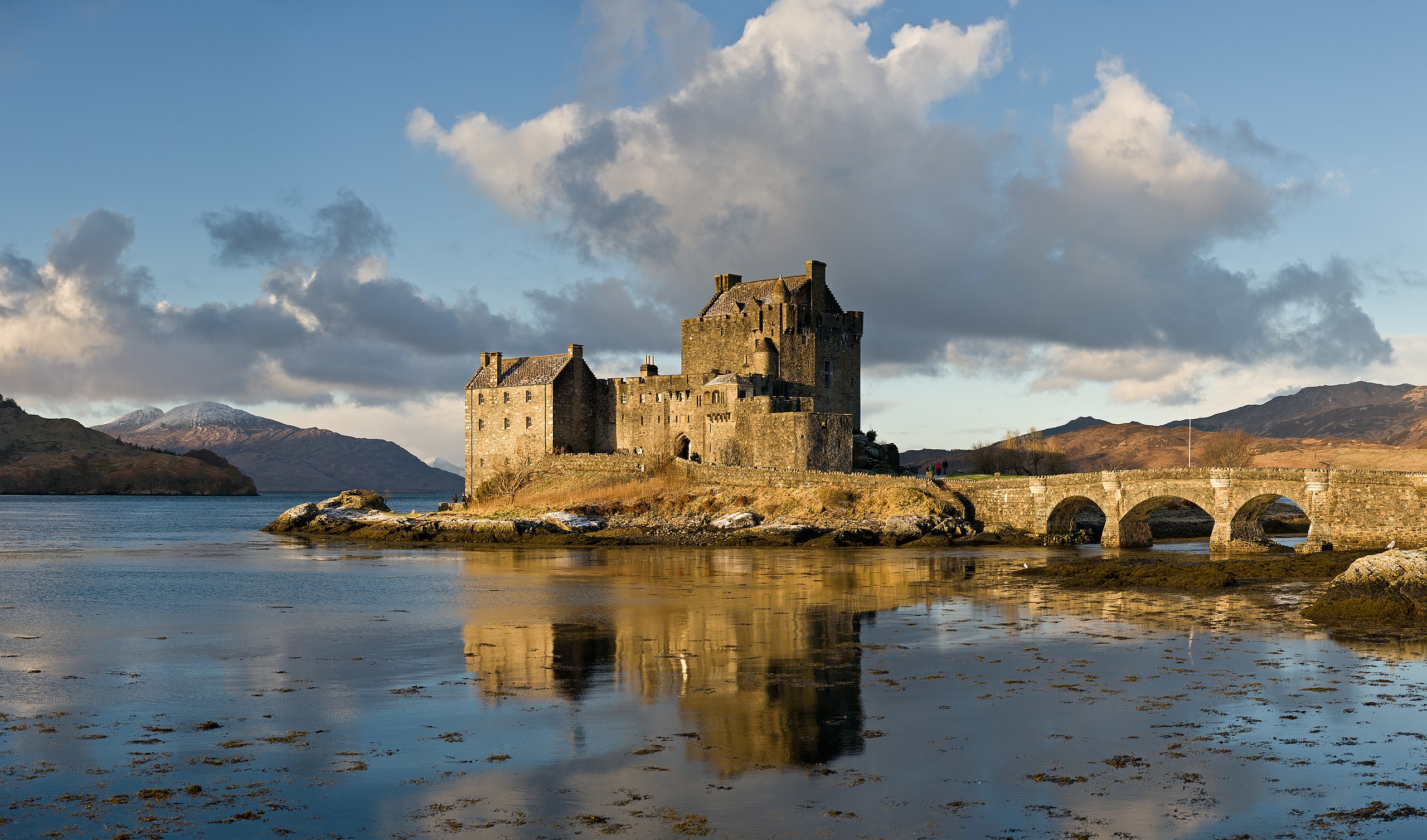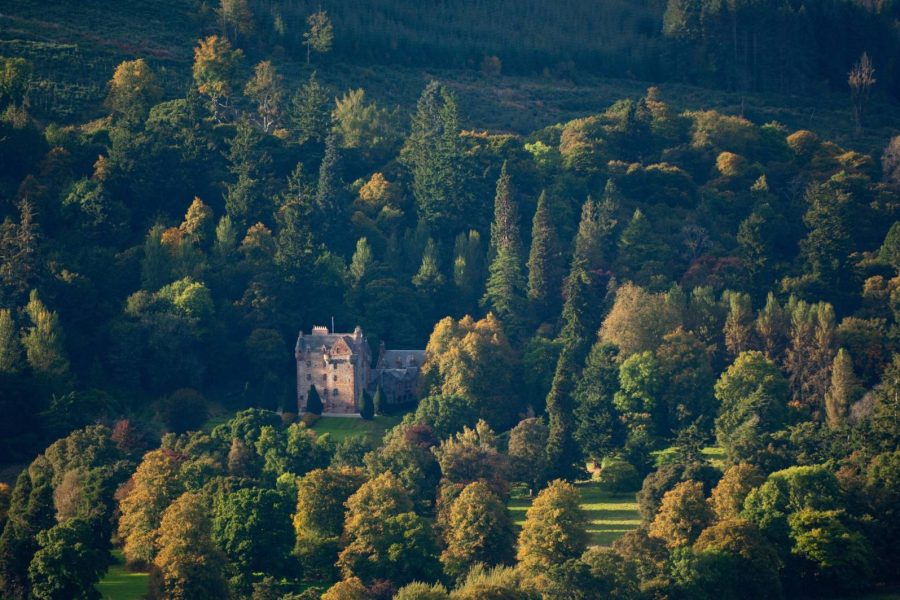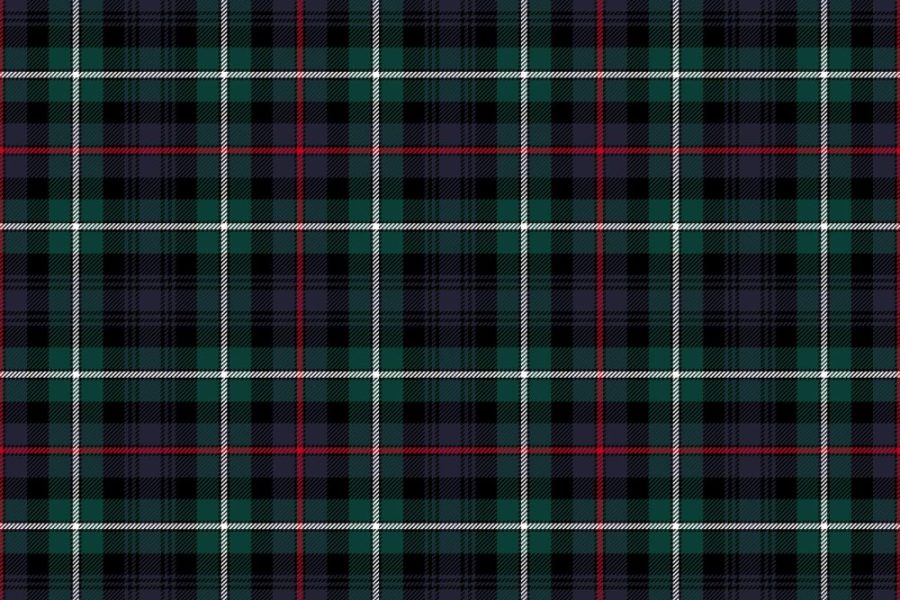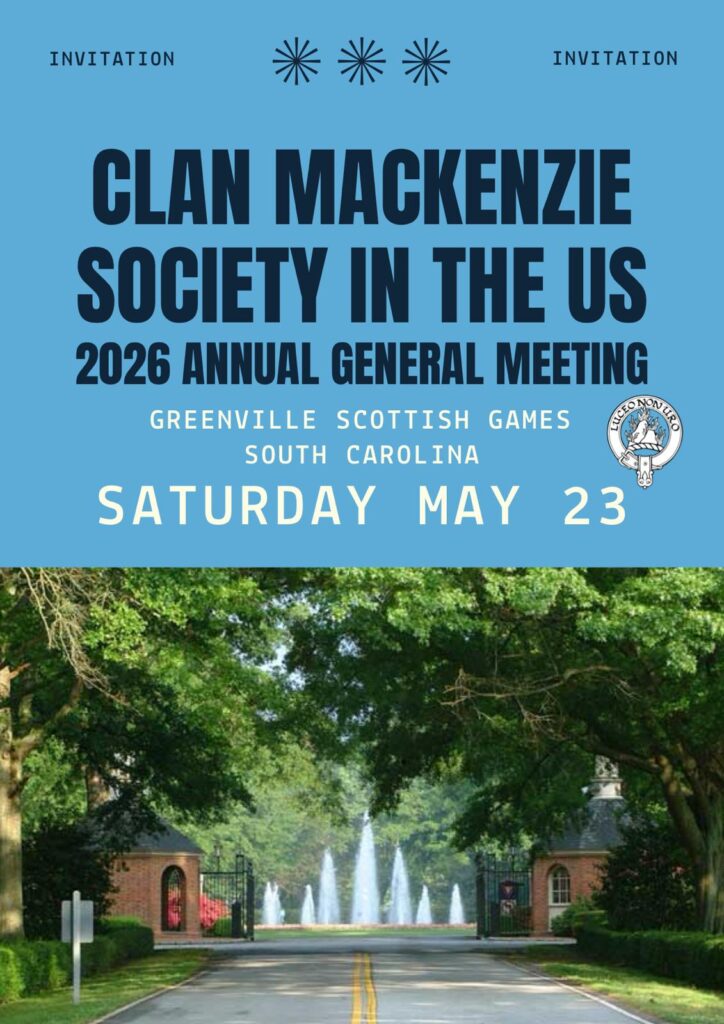
The Five Sisters of Kintail
KINTAIL
The earliest landholding of the Mackenzies, with its picturesque island stronghold of Eilean Donan Castle, Kintail was dubbed “The Mackenzies’ Giftland” and the chiefs have always been designated “of Kintail”, being the lands most closely associated with the Clan.
The beginnings of Eilean Donan reach back into the early mists of time. Evidence of a Pictish fort was found in vitrified rock uncovered during excavations – some of which has been kept for visitors to see. At the beginning of the 7th century St Donan is thought to have lived on the island as a religious hermit; the name “Eilean Donan” means “Island of Donan”. This was the period when Christianity was first introduced to the Western Isles.
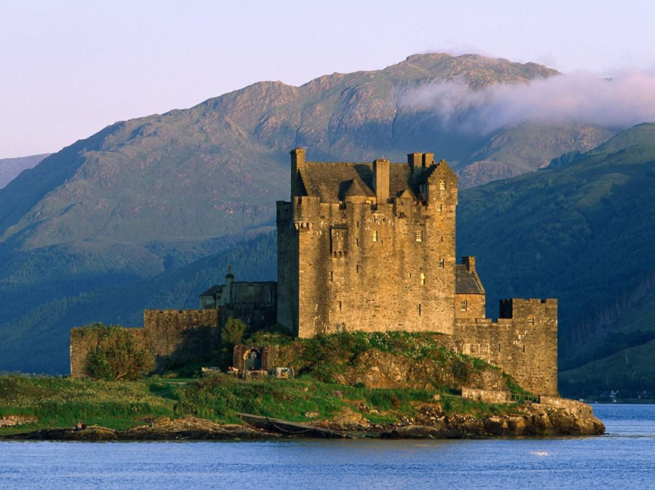
Eilean Donan Castle
The first fortified stronghold was established in the reign of King Alexander II (1214-1250) to defend the region against the Norsemen who laid claim to this part of Scotland. Archaeologists have recently established that the original stronghold was much larger than the present building, the walls encompassing more-or-less the whole island.
According to a longstanding tradition, in 1263 King Alexander III gave the castle and the lands of Kintail to the Mackenzies’ progenitor, Colin Fitzgerald as a reward for services in the Battle of Largs. This famous battle culminated in the defeat of the Norwegian king, Haco. Following his death shortly after, his successor, Magnus, ceded all the Western Isles to Scotland.
During the Jacobite rising of 1719, which culminated in the Jacobites’ defeat at the nearby Battle of Glenshiel, Spanish troops allied to the Mackenzies were billeted at Eilean Donan and the Castle was afterwards blown up, according to some reports by Government ships; while an alternative contemporary document suggests that the Castle was destroyed by the Jacobites themselves to prevent it from becoming a Government power-base. The Castle thereafter remained in ruins for over two centuries.
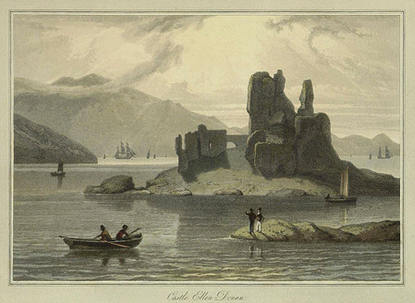
Eilean Donan Castle in its ruined state after the Battle of Glenshiel
The MacRaes, who formed the bodyguard of the Chief of Kintail were hereditary constables of the castle. There are many stories of military feats performed by members of the clan MacRae that gained them the nickname, “Mackenzies’ shirt of mail”. The present buildings are the result of 20th century reconstruction of the ruins by a scion of this clan, Lieutenant-Colonel John Macrae-Gilstrap, who lavishly restored the building in the 1930s. It has since become one of the commercial media’s favourite images of the Highlands.
Content generously provided by Jared Smart.
